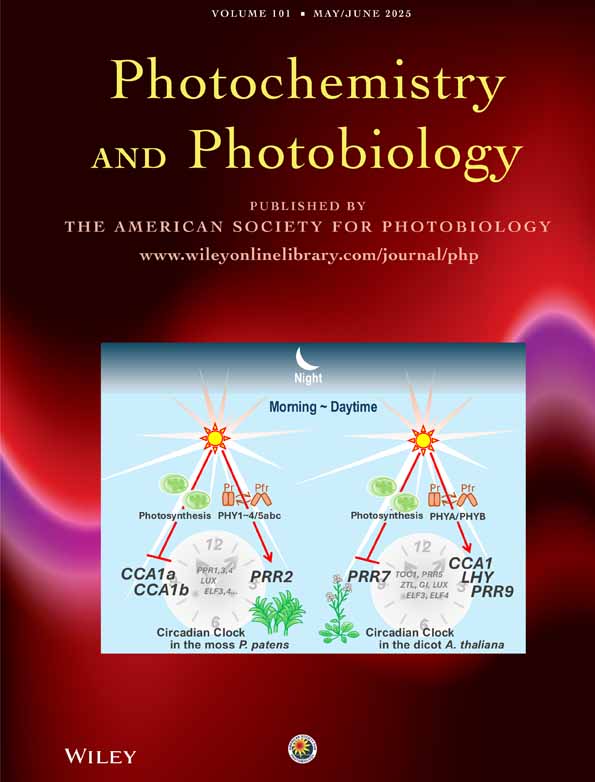OBSERVATION OF PHASE TRANSITIONS IN INTACT LEAVES BY INTRINSIC LOW-LEVEL CHEMILUMINESCENCE
Abstract
The Arrhenius plots of a remnant intrinsic ultraweak light emission from dark-adapted leaves of hibiscus, bean, cucumber, tomato and spinach exhibit strong linear behavior, despite the structural heterogeneity of the intact leaf. Well-defined break points within the temperature range from 8°C to 17°C could be found in these plant species. In the case of hibiscus and cucumber an additional feature of a thermotropic phase change around 20°C and 24°C, respectively, could be detected. However, in the case of spinach, a representative of a chilling resistant plant species, the changes in activation energies obtained were only minor. Isolated chloroplasts of spinach leaves did not show identical thermal behavior of luminescence in comparison with the intact leaf. The activation energies were significantly lower and the transition features were different compared to intact leaves. A possible relationship between the thermal behavior of low-level chemiluminescence and the chilling sensitivity of plants is suggested.




